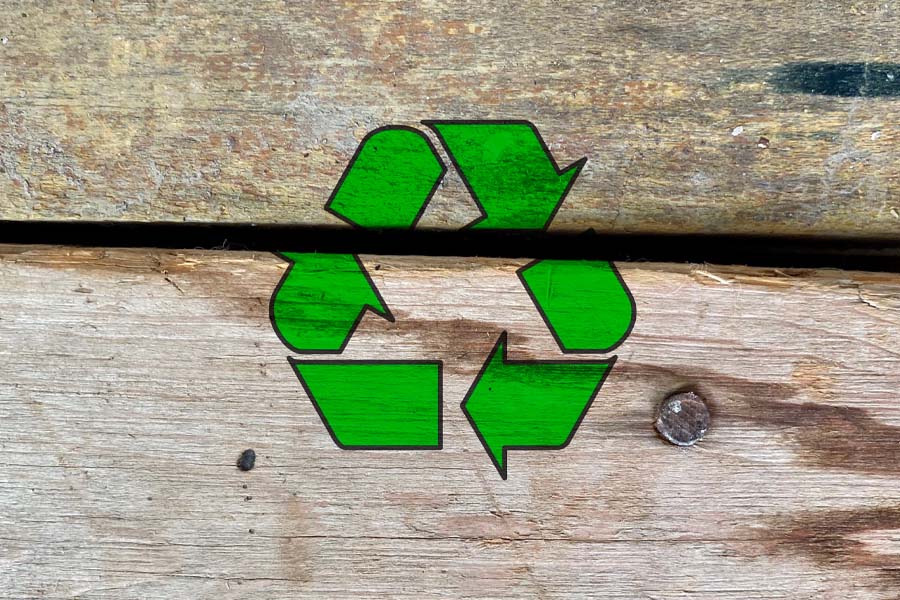The drive to tackle climate change through a reduction in carbon emissions has prompted the construction industry to look at ways of mitigating the impact of its activities on the wider environment.
These include looking at the materials it uses in delivering a project to how the completed building operates on a daily basis.
Much is made of how “healthy” buildings have become for their occupants, how they ensure this well-being through energy-efficient lighting and ventilation, heating and cooling.
Architects espouse the green credentials of their designs, highlighting their sustainability attributes through recognition by accreditation services such as BREEAM, launched in the UK by the Building Research Establishment in 1990, and the LEED green building rating system in the US, which was created in the early 1990s through the US Green Building Council.
Construction’s “carbon bill”
Health and well-being are vital elements for occupants, but a building’s total carbon “bill” cannot be divorced from the debate around construction activity’s contribution to carbon emissions.
Operational carbon emissions – stemming from the energy used to create a functioning office or home – make up the bulk of carbon emissions from the built environment, around 28% of the global total. Meanwhile, a further 11% is the result of embodied carbon, that is, the materials used during the construction of a building.
Addressing the operational carbon of a building is clearly the priority, but tackling embodied carbon in buildings is still vitally important.
What is embodied carbon?
According to the World Green Building Council (WGBC), embodied carbon emissions are those associated with materials and construction processes throughout the whole life cycle of a building or infrastructure.
The WGBC says embodied carbon includes material extraction, transport to manufacturer, manufacturing, transport to site, construction, use phase (for example, concrete carbonation but excluding operational carbon), maintenance, repair, replacement, refurbishment, deconstruction, transport to end-of-life facilities, processing and disposal.
The UK Green Building Council (UKGBC) takes a similar view and concurs with its WGBC colleagues that in some cases, it may also include the maintenance, replacement, deconstruction, disposal and end-of-life aspects of the materials and systems that make up the asset.
Measuring the stuff
So, we know what it is. How do we calculate it? According to the UK’s Institution of Structural Engineers (ISE), embodied carbon is measured by multiplying the quantity of each material or product by a carbon factor, normally measured in estimated kgCO2 per kg of material, for each life cycle – initial construction work through to completion – being considered.
Material quantities can be calculated differently, depending on the stage of design and the tools available to the engineer, according to ISE. Those looking to do such calculations need to be familiar with life cycle stages in accordance with two standards: BS EN 15978 (2011) and BS EN 15804 (2019), which are used to define the amount of carbon released at the different stages of a material or product’s life.
The ISE says the most important time to calculate embodied carbon is in the early design stages. “It is crucial to have time and scope to make changes in light of your embodied carbon assessment,” it added.
Reducing embodied carbon in construction
What can one do to reduce embodied carbon in buildings? The American Institute of Architects (AIA) suggests 10 approaches that can help:
- Reuse buildings instead of constructing new ones; the AIA says renovation and reuse typically save between 50% to 75% of the embodied carbon emissions compared to constructing a new building.
- Specify low-carbon concrete.
- Limit the use of carbon-intensive materials, such as aluminum and plastics.
- Choose lower carbon alternatives; for example, wood instead of steel.
- Use carbon sequestering materials such as wood or straw.
- Reuse materials wherever possible.
- Use materials with a high recycled content.
- Maximize structural efficiency.
- Use fewer finish materials – intelligent design can produce an attractive yet low-carbon result.
- Minimize waste.
The drive to a zero-carbon future
There is much work to do to tackle emissions, particularly caused by the embodied carbon of construction materials – the construction industry’s reliance on carbon-intensive materials must be reduced – and the targets are tough. But without tough goals, little gets done.
By 2030, the WGBC wants all new buildings, infrastructure and renovations to have at least 40% less embodied carbon with significant up-front carbon reduction, and all new buildings must be net-zero operational carbon.
The WGBC goes further, saying that by 2050 new buildings, infrastructure and renovations will have net-zero embodied carbon and that all buildings – including existing buildings – must be net-zero operational carbon by then.
The stakes may be high, but the rewards are considerable. The UKGBC says addressing embodied carbon “offers an attractive, one-time opportunity to make a significant saving in a shorter period of time,” and considering embodied carbon at the design stage of a project “can facilitate greater resource efficiency.”
Stakeholders across the construction sector will be pulling out all the stops to ensure such efficiencies are realized.












